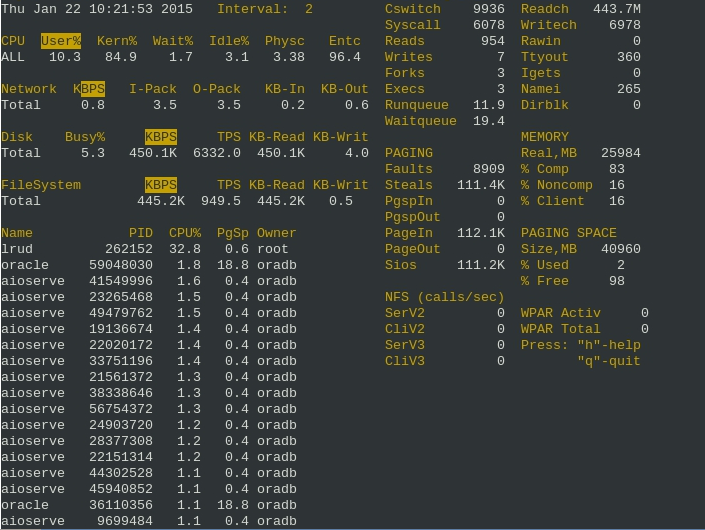Creating large indexes in Oracle
DB - Oracle 11g Creating large locally partitioned indexes on huge partitioned table, 1. Define the index unusable and invisible with parallel and nologging options. CREATE BITMAP INDEX "DWH_SLT"."IND_SL2008_NONROM_MOB_NO_HIST" ON "DWH_SLT"."SLT_NON_ROM_2008_09_HIST" ("MOBILE_NO") nologging local unusable parallel 6 invisible tablespace SLT_OCS_INDX1; 2. Rebuild each local partition of the index . eg. 1: alter index "DWH_SLT"."IND_SL2008_NONROM_MOB_NO_HIST" rebuild partition CDR_14_JAN3_N parallel(degree 6); 2: alter index "DWH_SLT"."IND_SL2008_NONROM_MOB_NO_HIST" rebuild partition CDR_14_FEB1_N parallel(degree 6); This can be done by lopping through all the index partitions via a procedure. After this all index partitions needs to be usable. 3. Make the index logging and disable parallel. alter index DWH_SLT.IND_SL2008_NONROM_MOB_NO_HIST logging noparallel; 4. Make the
